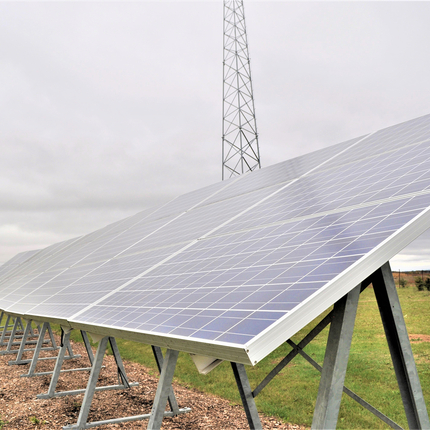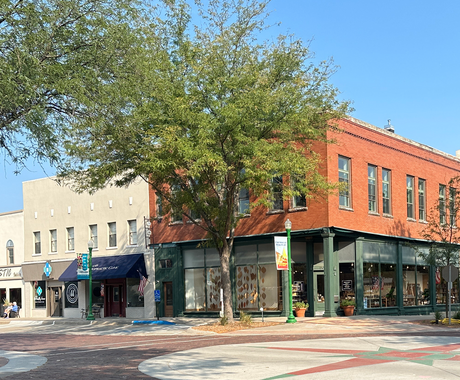By Lindsay Mouw, former staff member
Solar energy projects are becoming more common across Iowa, and they present an undeniable opportunity for rural communities. Solar energy generates increased tax revenue for the county and reliable lease payments to landowners.
However, solar energy does not come without its challenges. Proper siting of solar developments is essential to protect landowner property rights, remain respectful of neighbors, and promote environmental benefits. These siting decisions are best made by local officials who are knowledgeable of the county landscape and responsive to local concerns.
With the recent discussions around siting at the state legislature, Iowans should be wary of any legislation that would undermine local decision-making power over solar energy siting. Extreme legislation could not only limit a county’s authority over projects, but also dramatically reduce the land available for such projects across the state, effectively overriding the private property rights of many landowners. If enacted, such a bill could significantly alter current plans to develop solar energy systems, chilling the growth of a burgeoning industry in the state.
Some decision makers are looking at Corn Suitability Ratings to limit solar development. For example, if solar developments were to be prevented on any land with a CSR above 65, according to Iowa State University Extension and Outreach, 63 of Iowa’s 99 counties would be significantly restricted in solar development. Decision makers could also use extreme setback distance requirements to stymie solar development. The Center for Rural Affairs recommends setbacks within a range of 100 to 200 feet. Setback distances much greater than this would make siting difficult in many counties.
Ultimately, any extreme statewide siting legislation undermines private property rights, overrides local decision making, and severely restricts solar development opportunities. The Iowa Legislature should leave these local decisions up to the communities they affect.




